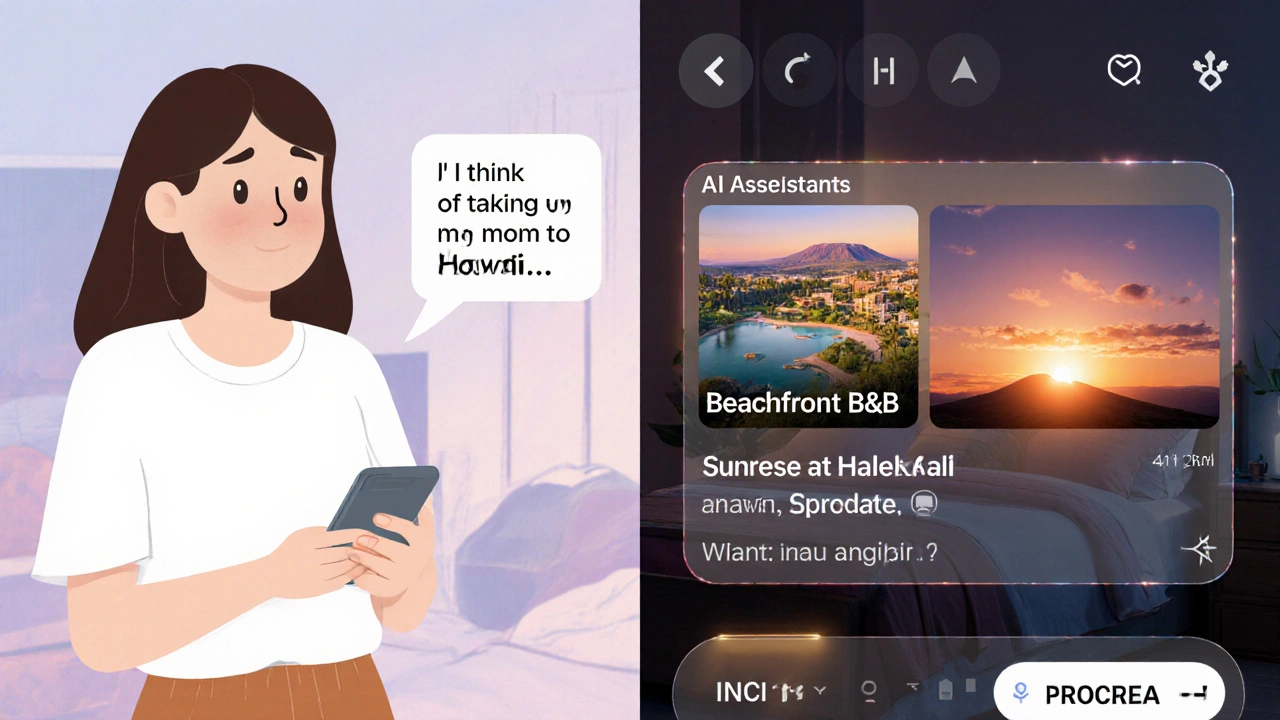AI messaging for marketers: practical tips that work
AI messaging changes how brands talk to customers. Use it right and you get faster replies, better personalization, and more conversions. Use it wrong and you sound robotic or annoy people. This guide helps you pick tools, write messages that convert, and measure what matters.
Where to use AI messaging
Start with places people already message: website chat, email, SMS, and social DMs. Website chatbots answer quick questions and capture leads. AI can draft emails that match customer voice and boost opens. SMS works for short alerts and time sensitive offers. For social, AI helps write replies and scale conversations without sounding canned.
How to set it up
First, define the goal: reduce support time, increase signups, or recover carts. Pick a platform with integrations you already use. Train your AI with real examples from past chats and emails so it learns your tone. Build templates for common flows and add clear actions like "Buy now" or "Book a call." Test each flow with team members who role play as customers.
Write prompts that give context. Instead of "Reply to this", use "Act as a friendly support agent and answer clearly in two sentences." Add facts like product limits, return policy, and pricing. That keeps answers correct and reduces risky hallucinations. Use short messages—people skim on phones.
Measure impact. Track response time, conversion rate, open rate for messages, and customer satisfaction scores. A simple A/B test between old messages and AI versions shows what actually moves the needle. If open rates rise but conversions don't, tweak the call to action or landing experience.
Respect privacy. Only feed AI with data you are allowed to use. Mask or remove personal IDs during training. Tell customers when AI handles their message and offer human backup. That builds trust and avoids surprises.
Common mistakes to avoid: over-automation, ignoring tone, and skipping testing. Over-automation means routing every message to AI even when nuance matters. Tone mismatch happens when AI sounds too formal or too casual for your brand. Testing prevents both issues.
Examples that work: a quick chatbot script that asks purpose, offers relevant article links, and gives a "Talk to human" button; an email that uses AI to write a personalized subject line plus one sentence referencing the customer's last purchase; an abandoned cart SMS with a clear discount and expiry time.
Start small. Pick one channel, one goal, and run a short test for two weeks. Review results, refine prompts, and expand. As you scale, keep governance rules for data, tone, and escalation so AI helps your team, not replace judgement.
Quick checklist: define target audience, map common questions, pick a vendor with analytics, build fallback to humans, set privacy rules, A/B test messaging, monitor CSAT and conversion, and schedule monthly reviews to fix gaps and keep tone consistent drive growth.
Good AI messaging blends speed with empathy. When you balance automation and human oversight, messages feel helpful, not robotic—and that’s what customers remember.
How ChatGPT is Shaping the Future of Facebook Chat
ChatGPT-powered AI is transforming Facebook Chat from a messaging tool into a smart assistant that helps users write messages, book appointments, and manage daily tasks-all within their conversations.
VIEW MOREChatGPT for Facebook: AI-Powered Messaging Revolutionizes Social Media
Discover how ChatGPT for Facebook is transforming social media communication with instant, engaging AI messaging. Explore real examples and practical tips.
VIEW MORE

